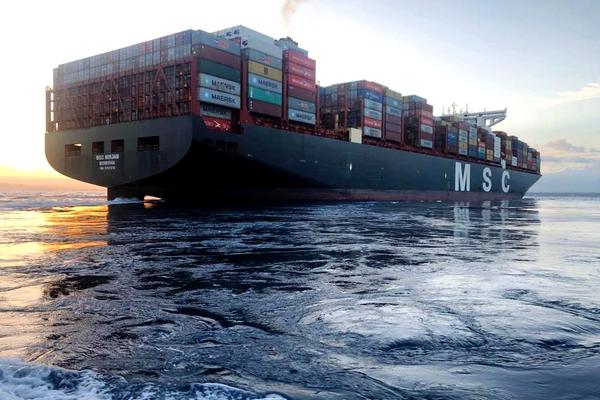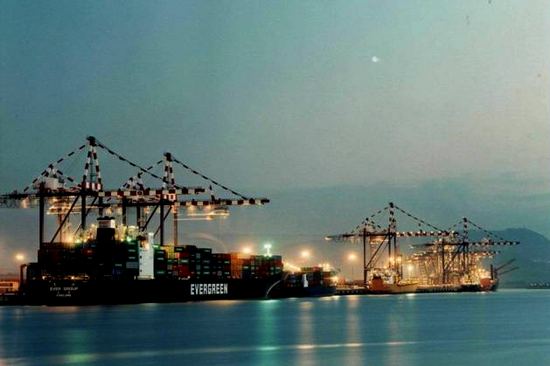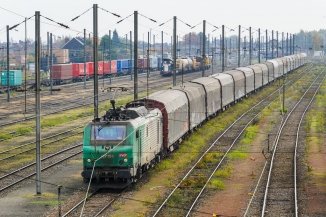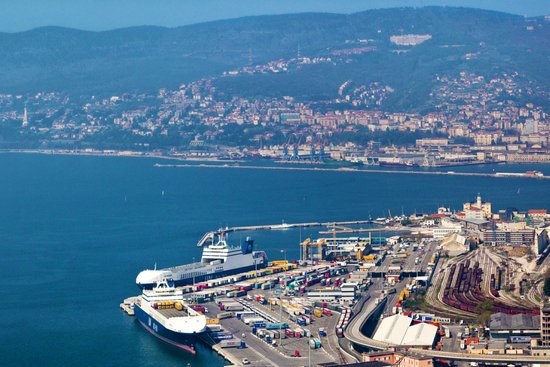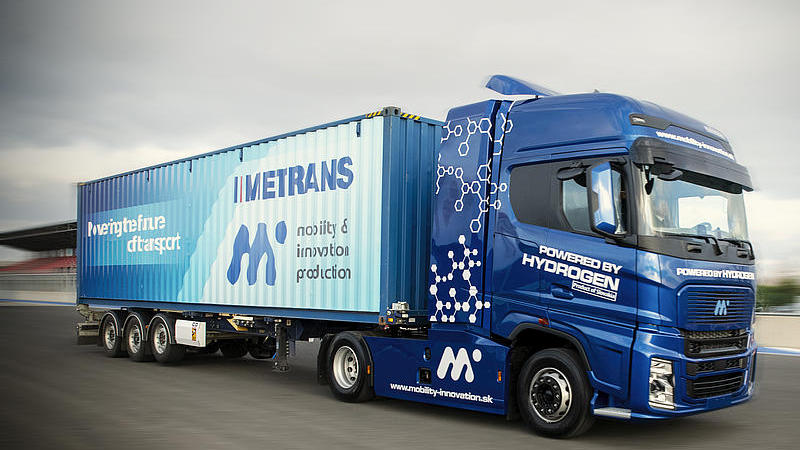On November 6, 2024, Ronald Trump emerged as the winner of the U.S. presidential elections, and just hours after his victory was confirmed, forecasts began to take shape regarding how his second term might influence global politics and economics. Some analysts have formulated hypotheses about the consequences for freight transport and logistics, based on Trump's statements and electoral promises. While it remains uncertain how much of these promises will actually be implemented, an initial overview based on campaign rhetoric appears anything but reassuring for Europe.
The first point highlighted by all analysts concerns the application or increase of customs duties, a measure that Trump claims will boost the U.S. economy. The next president has also specified the extent of these duties: from 10% to 20% on all imports to the U.S., with tariffs rising to 60% to 100% for Chinese goods. In theory, this could lead to a reduction in imports and therefore in international transport volumes.
In 2023, according to EU data, countries in the European Union exported goods to the U.S. worth €502.3 billion. As for the European Union, preliminary estimates indicate a potential economic loss of up to €260 billion, according to Dutch bank ABN Amro. The sectors most affected would be machinery and vehicles, which exported €207.6 billion to the U.S. in 2023, chemicals (€137.4 billion), and other manufactured goods (€103.7 billion). The four countries most at risk are Germany (with a possible GDP reduction of up to 1.6%), France (-0.4%), Italy (-0.4%), and Spain (-0.2%).
The imposition of tariffs by the United States could trigger a trade war, which might lead to the adoption of tariffs in other countries, such as China, thereby multiplying the negative consequences for international trade and transport. The first sector likely to experience a downturn in volumes would be container shipping. Xeneta recalls that when Trump increased tariffs on Chinese goods to 25% during his first presidency in 2018, maritime shipping rates rose by over 70%.
The Norwegian company even predicts that an increase in rates could happen before tariffs go up, as U.S. shippers may expedite imports, filling container ship holds and driving up rates. This trend is already showing an upward trajectory at the start of October, after a period of decline. After an initial peak due to early imports, the opposite effect could occur: a sharp drop. Transport flows and rates would decline, putting maritime carriers and the land-based supply chain in crisis.
During his campaign, Trump also stated that he would quickly resolve the conflicts in Ukraine and the Middle East. This presents a greater unknown compared to tariffs, as Trump has not explained how he plans to achieve this, making it uncertain if and when he might succeed. A solution in Ukraine could lead to the lifting of sanctions against Russia, changing the current landscape for oil and natural gas transport. A resolution in the Middle East would have a positive impact on container transport by reopening the Red Sea route.
If we were to list the winners and losers of these elections, the former would include companies transporting goods within the U.S. (except those serving ports) and small national logistics operators. The tariffs should also benefit domestic automotive production. Among the losers are those involved in international transport, both maritime and air, including freight forwarders.




